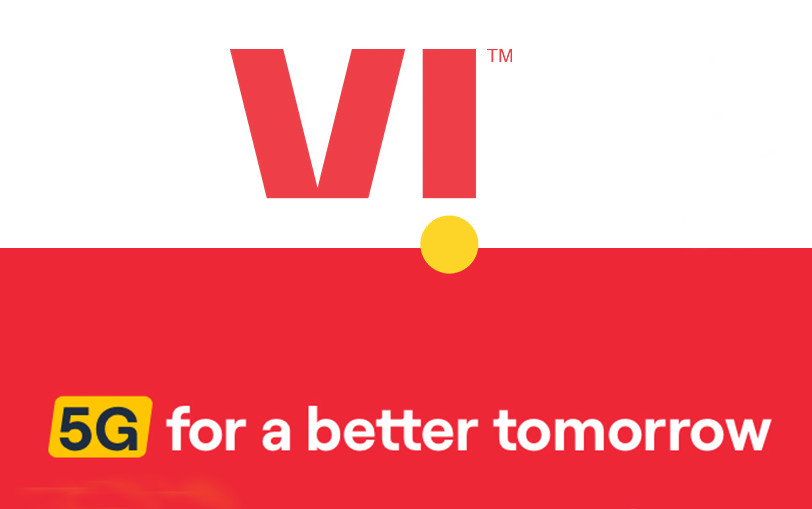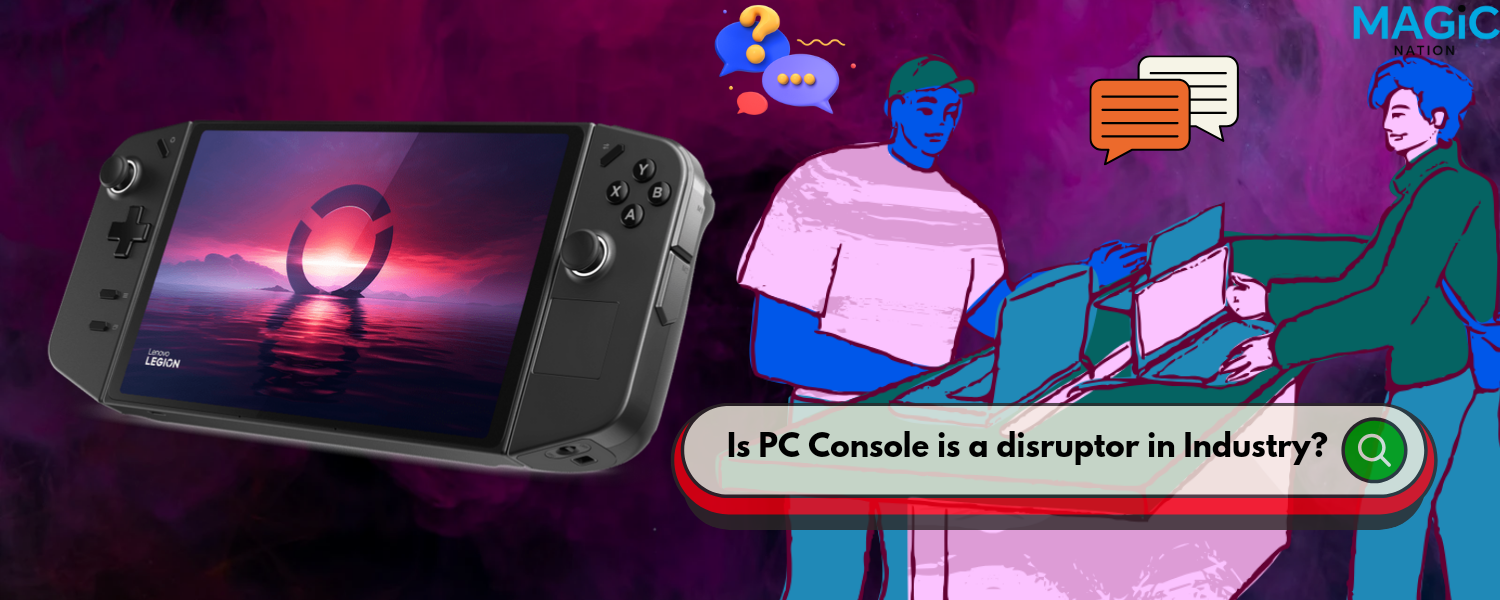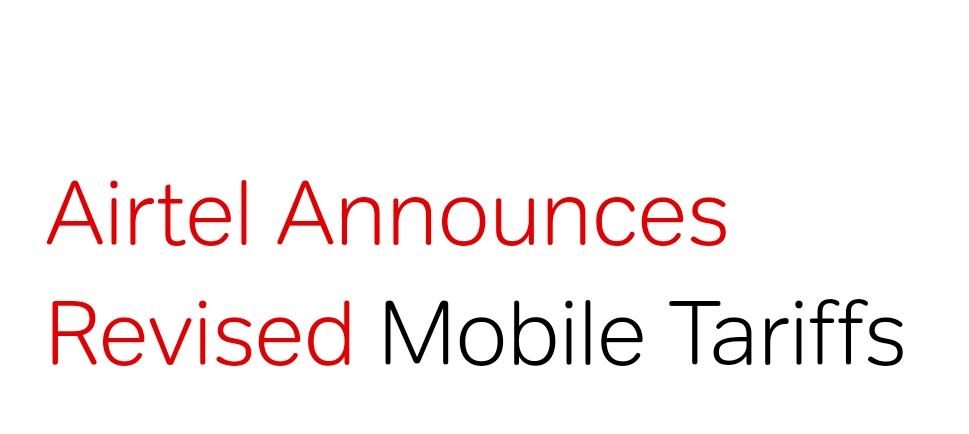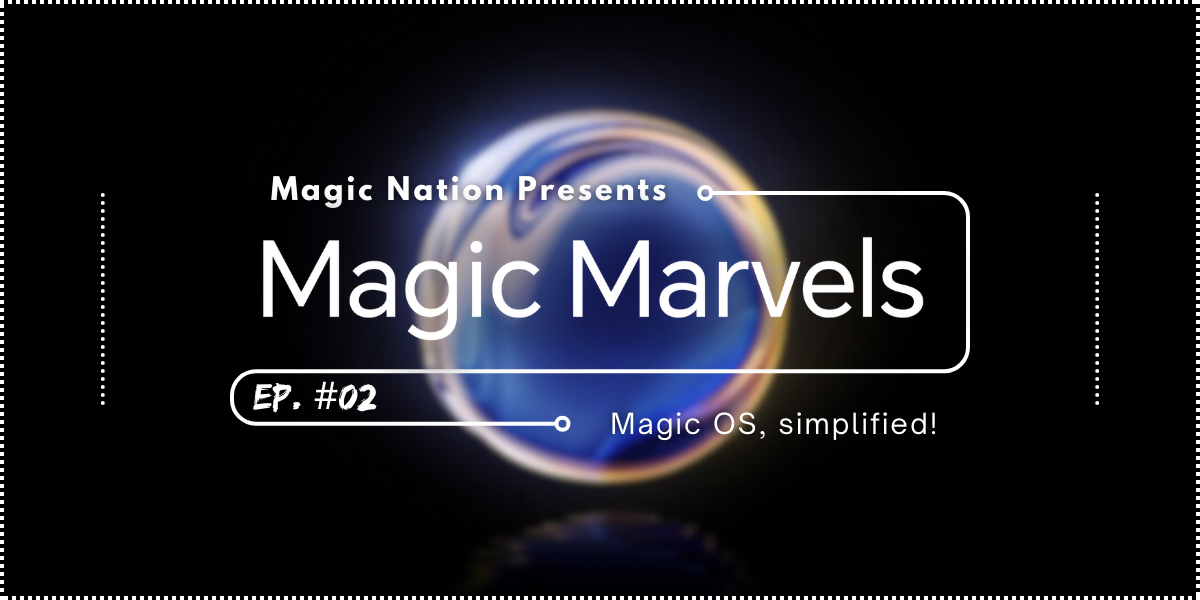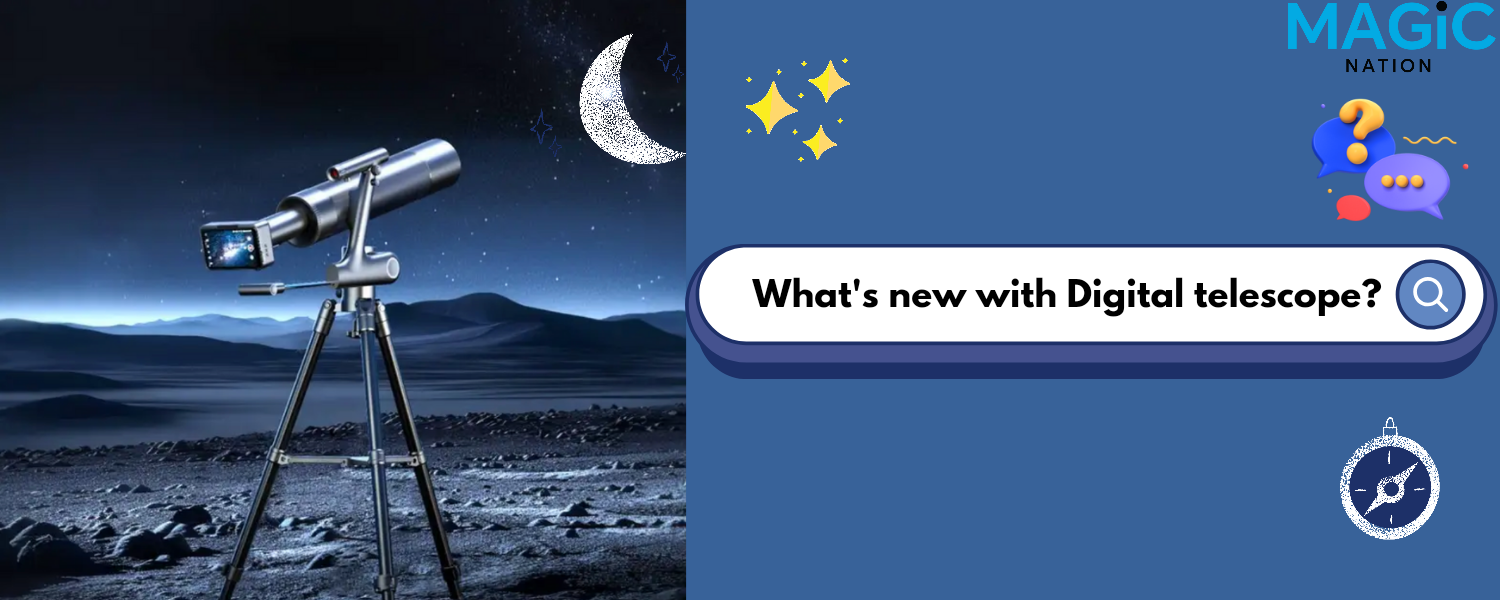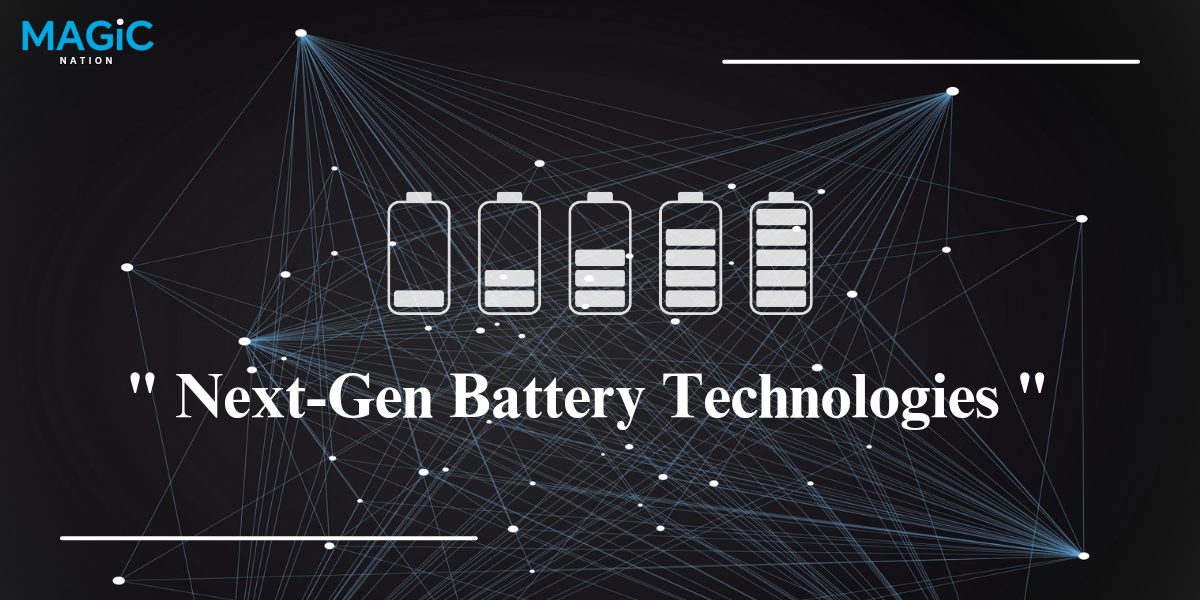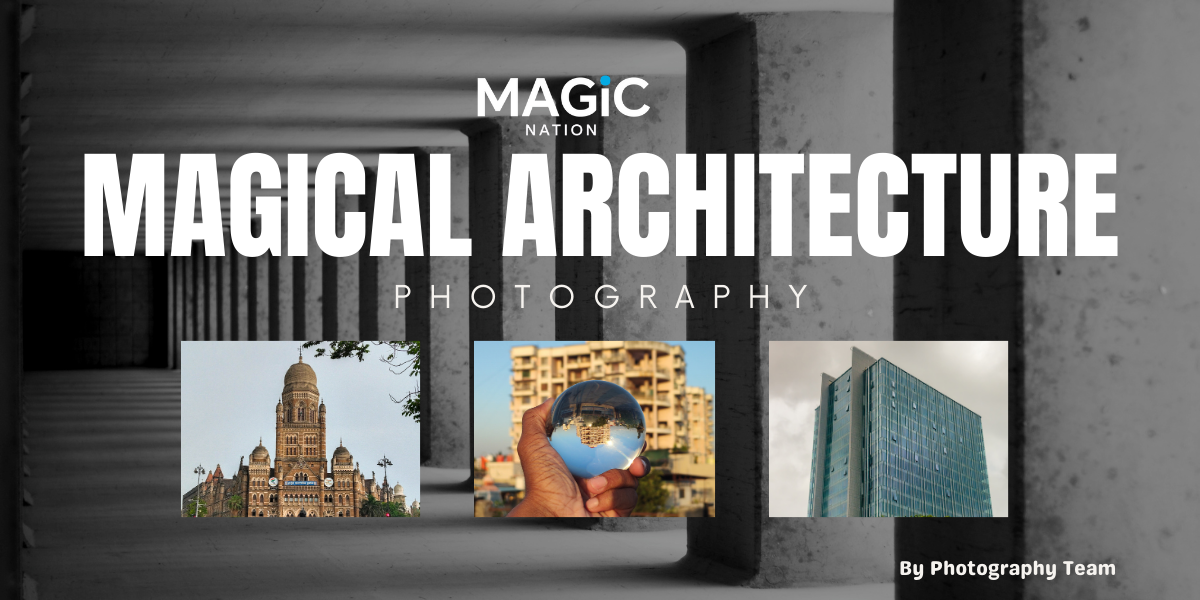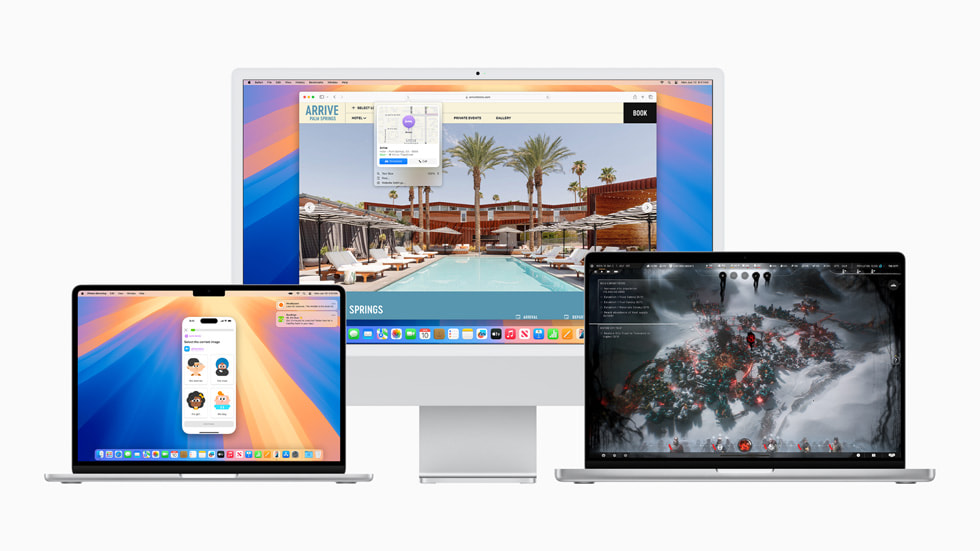Hope you guys are doing well
In this thread i am talking about "JPEG"

JPEG is the most used digital photographic format because of its ease of use and efficiency. Whether you're an experienced professional or a casual photographer, understanding the pros and cons of JPEG will help you get the most out of your photography activities.
JPEG, short for Joint Photographic Experts Group, is a popular picture file format that compresses image data to reduce file size. This compression balances quality and storage efficiency, making JPEG a suitable choice for a variety of photography needs.What is JPEG?
Benefits of Shooting in JPEG
- File Size Efficiency: JPEG files are much smaller than Raw (click to know more about Raw) . This allows you to save more photographs on memory cards and hard drives, making it ideal for event, travel, and everyday photography.
- Ready to Use Images: JPEG files are processed in-camera using settings such as white balance, contrast, and sharpness. This creates photographs that are ready for sharing and printing right out of the camera, saving your time on post-processing.
- Faster Performance: JPEG files are smaller in size, allowing for faster writing to memory cards, quicker viewing on your camera's LCD, and more efficient transfer to your computer. This is helpful in fast-paced shooting situations like sports or wildlife photography.
- Wide Compatibility: JPEG is widely supported on all devices and systems. JPEG photos can be easily viewed, edited, and shared on smartphones, desktops, and internet without the need for specific software.
Drawbacks of Shooting in JPEG
- Lossy Compression: JPEG uses lossy compression, which means some image data is lost to minimize file size. This can result in a loss of detail and image quality, especially if the image is edited multiple times.
- Limited Post-Processing Flexibility: JPEG photos provide less flexibility for large post-processing adjustments because they have already processed in-camera. Correcting exposure, white balance, or recovering details in shadows and highlights can be more difficult compared to RAW files.
- Reduced Dynamic Range and Color Depth: JPEG files have a smaller dynamic range and less colors than RAW files. This can result in reduced clarity in both bright and dark areas, as well as less accurate color reproduction.
When to Use JPEG
- Everyday Photography: JPEG is ideal for everyday photography, travel, and social media sharing.
- Events and Action: Because JPEG files are smaller and process more quickly, they can be very useful in situations when you need to take lots of pictures quickly, such as weddings or sporting events.
- Limited Storage: When you have limited storage space, JPEG lets you make the most of what you have.
JPEG remains a digital photographic standard because of its balance of quality, simplicity, and efficiency. While it may not provide the same level of flexibility and data as RAW, its advantages make it a vital tool for many photographers.
Understanding when and how to use JPEG allows you to speed up your workflow, save time, and ensure that your photographs are ready to share and enjoy.
Thank you for reading
Sarthhkk

